The Iguanodon reached a body length of 8-10 meters and had a weight of up to four tons. Thus, the herbivore belonged to the giants of its time, the Cretaceous period about 125 million years ago. A special feature were its unusual front legs, where the first fingers (thumbs) were fused to a thick bone spine. This was probably used to defend itself from attackers. The Iguanodon, which presumably roamed in herds through today's Sauerland, was mainly on all fours, but also on two legs to find and eat food.

At the time of the iguanodonts the area around Brilon was a hilly limestone plateau a few meters above sea level and interspersed with silted up sinkholes and lakes. In these lakes clay material interspersed with plant material could be deposited including the skeletal remains of the iguanodonts, which fell in here in search of water or as prey of predatory reptiles and died. The later deposition in filled karst caves protected the material in such a way that the remains of the dinosaurs defied time and were only uncovered during the mining of calcite of a quarry.
In addition to the site, the Museum Haus Hövener in the heart of Brilon is highly recommended, especially the newly designed geology / paleontology exhibition around the iguanod and the geological history of the Sauerland!


